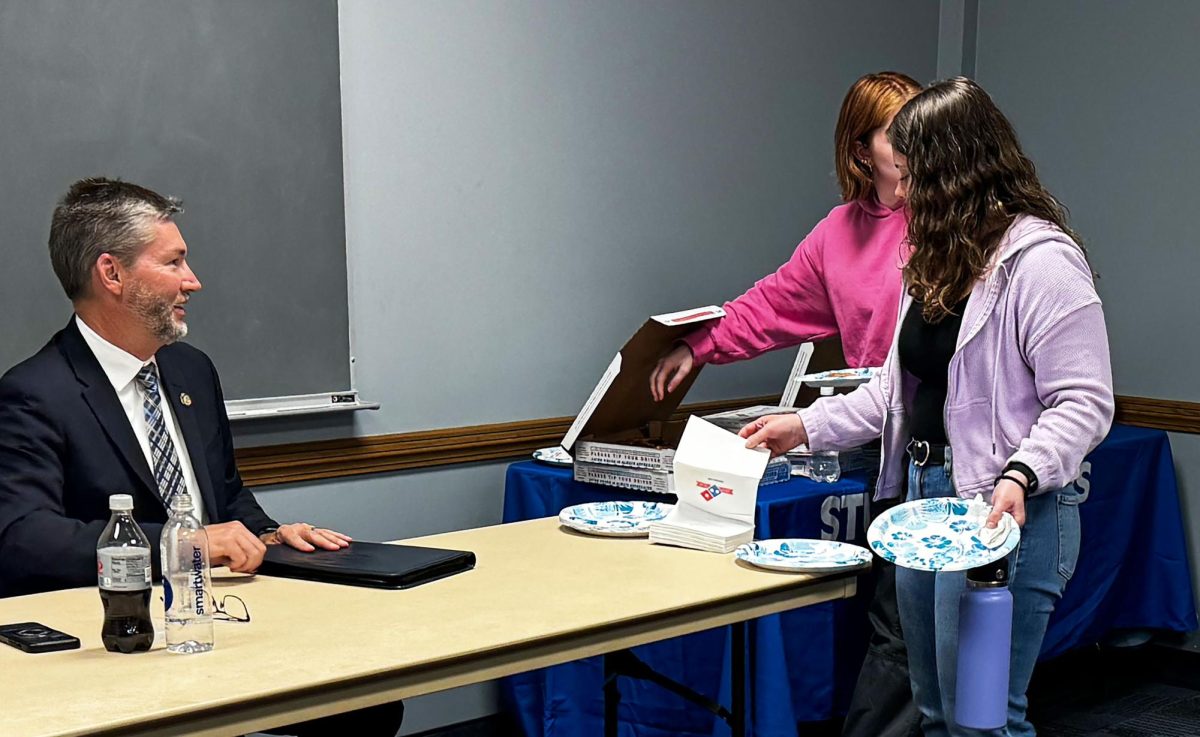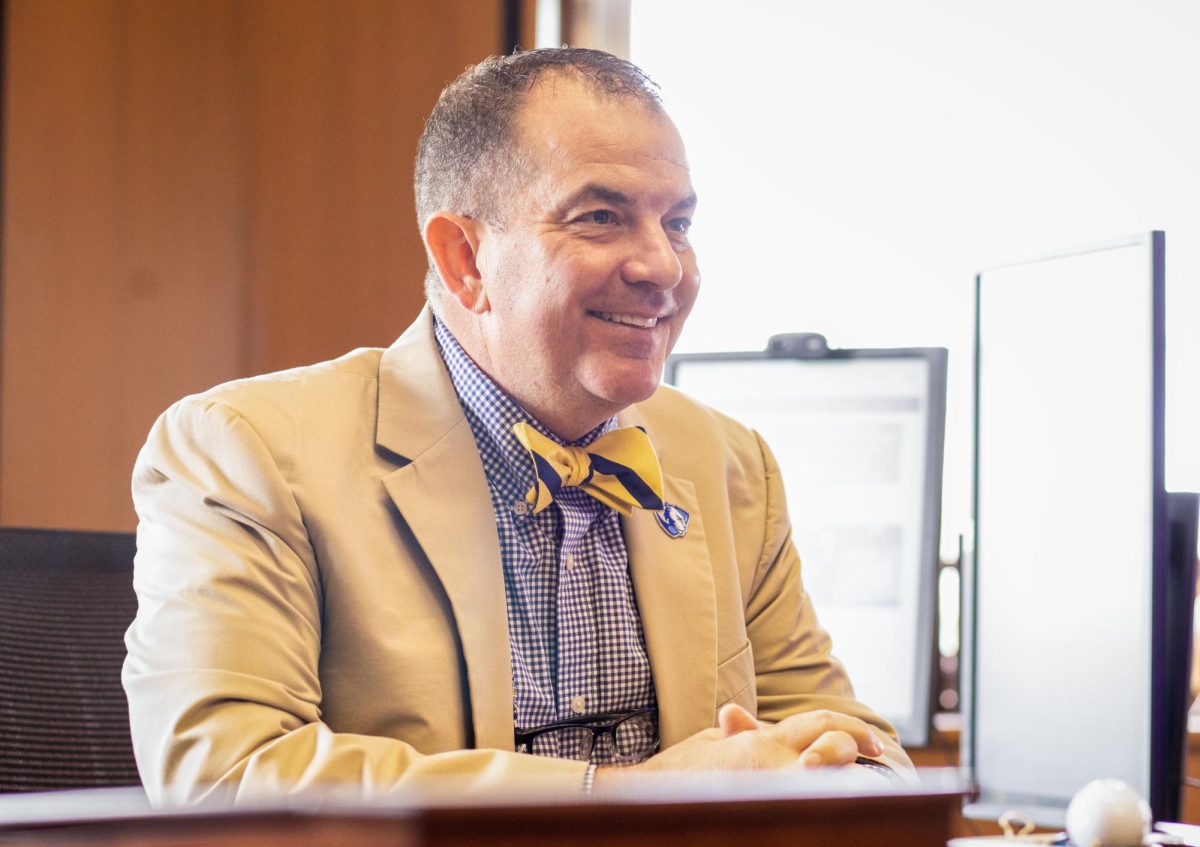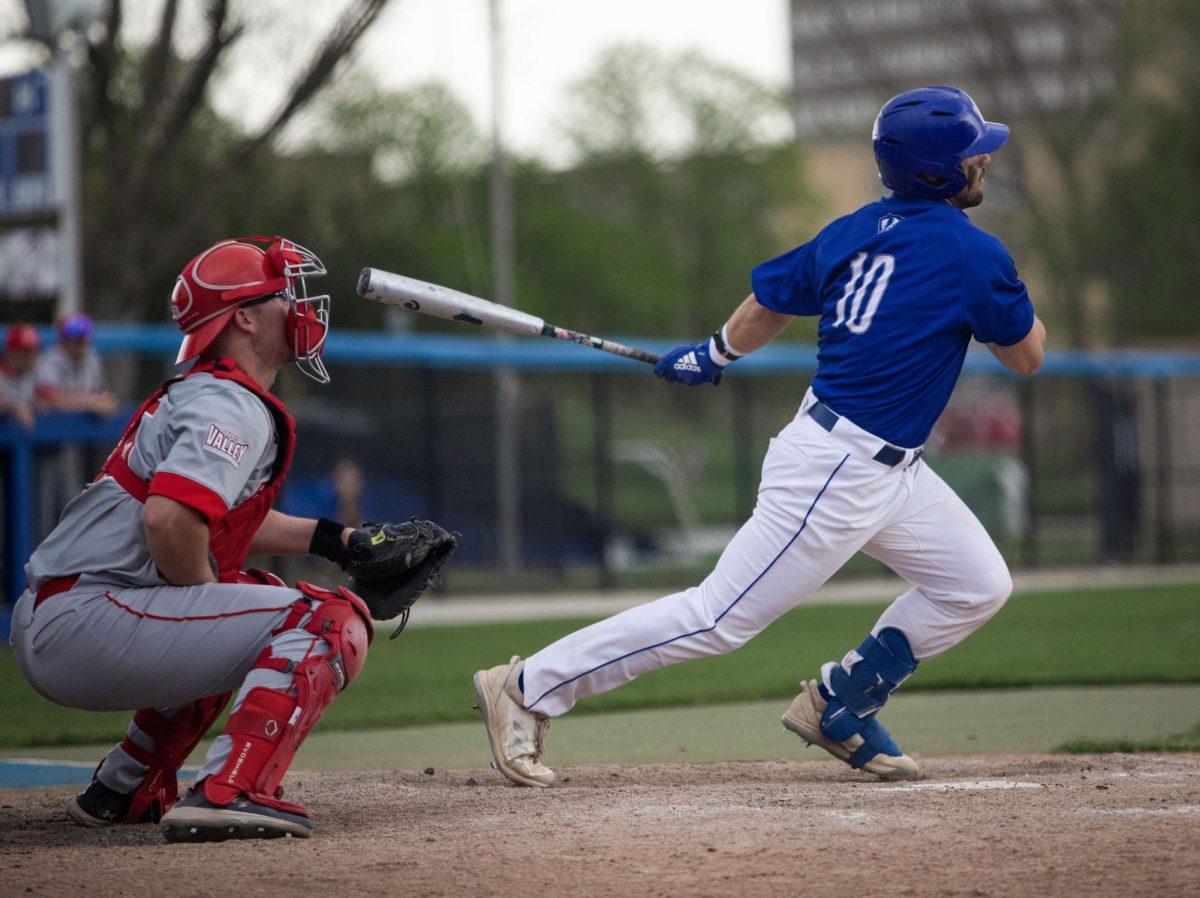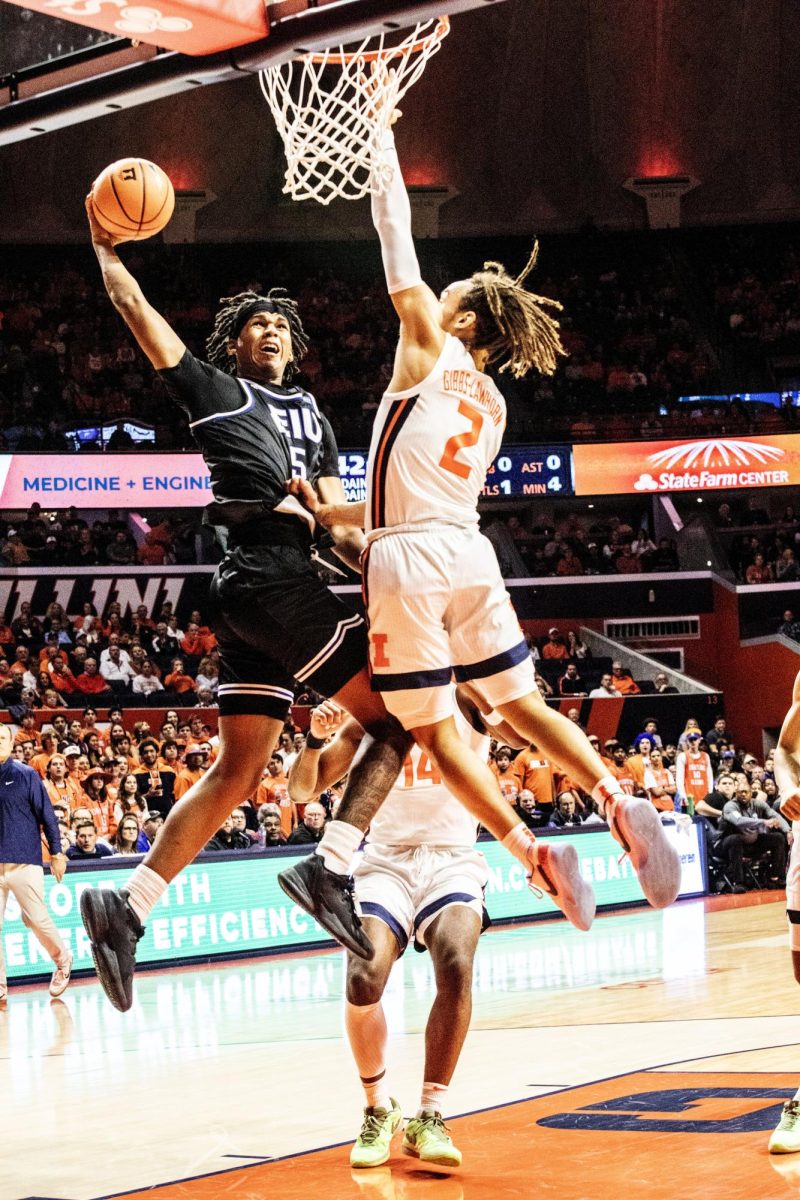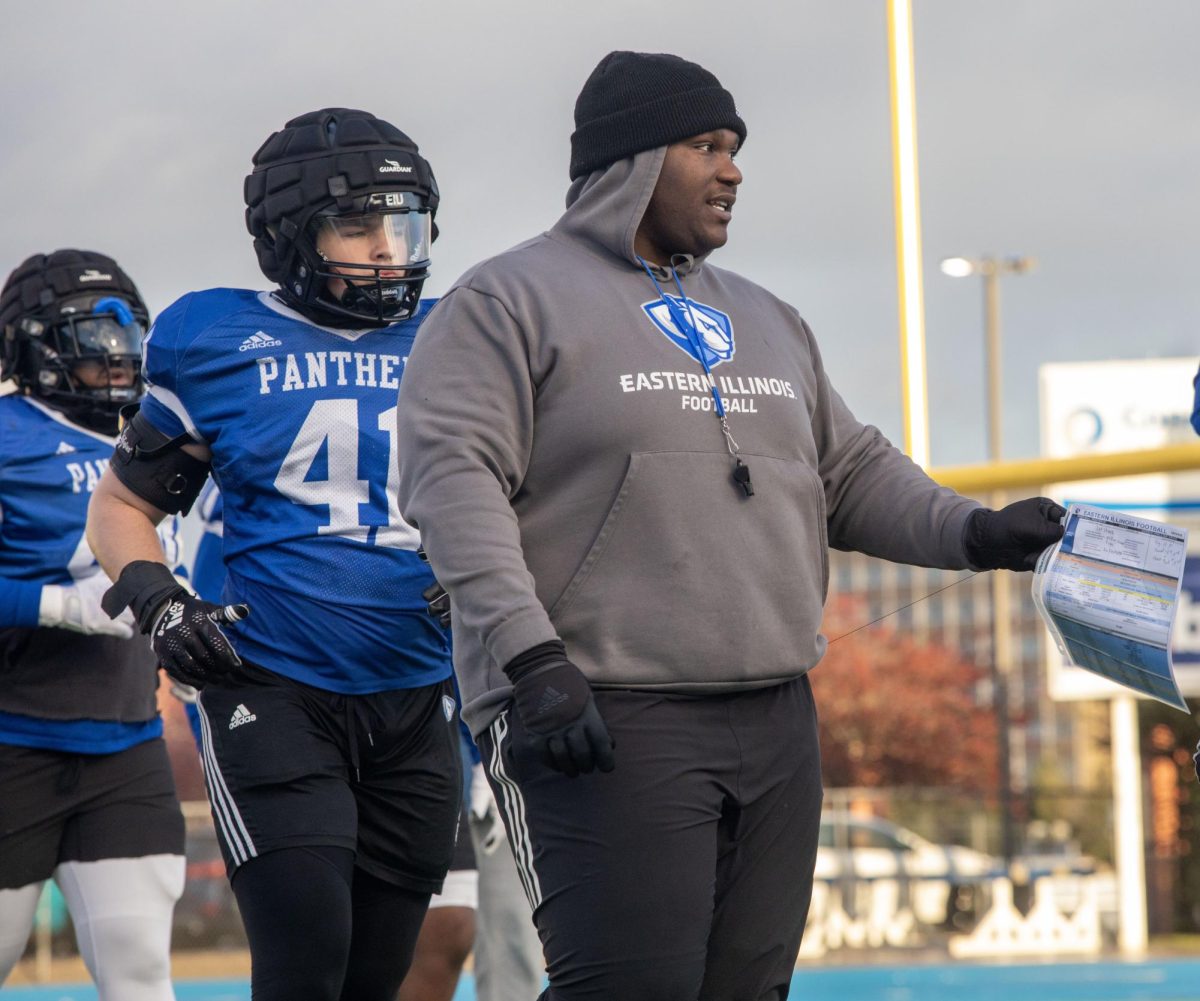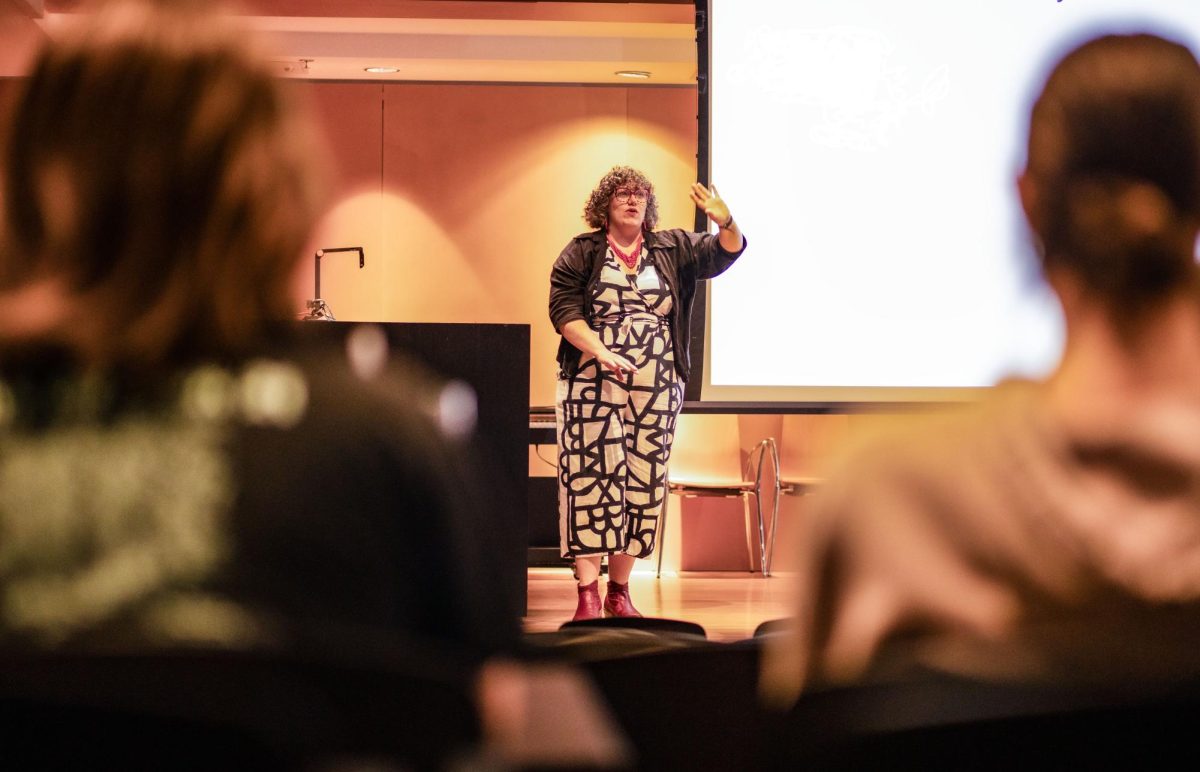Column: T.V. title sequences evolve
April 6, 2017
It used to be the first thing you would hear as you clicked on the T.V. Saturday morning.
With a bowl of cereal on your lap, you pushed the channel number on the remote by memory, sat back and settled in for your favorite cartoons.
You know it was about to begin with the familiar song. For me, it was the faint sound of seagulls with a pirate’s voice shouting, in true pirate speak, “Are ye ready, kids?”
I’m sure some know which show I am describing and can imagine the voice in their own heads.
Title sequences are often ingrained in our memories. Think about it — for a show you like, you’ve listened to it at least as many episodes you’ve watched.
Watching Spongebob is not a part of my Saturday morning ritual anymore. When I did watch it, the channel would play four episodes each morning. Multiply four shows by a number of weeks I spent watching cartoons in a year, and you have at least 200 viewings annually.
The plot and characters may change, but the theme song was always the same from episode to episode.
However, title sequences have changed as I have watched shows for older audiences.
“New Girl,” one of my favorite shows, had a title sequence sung by the main actress, Zooey Deschanel. It was approximately a minute long, with the main characters dancing and being quirky like the tone of the show.
“New Girl” edited the theme song after its fifth season. The song, if you can call it that, was shorted to about 5 seconds, with nothing more than the title of the show and the creator’s name.
The show is nearing the end of its sixth season and I am still disappointed every time I hear the cut version.
WIRED posted a video last week describing the evolution of TV title sequences. It shed light on why I am still noticing the change with “New Girl.”
Patrick Clair, the creative director for the Antibody production studio, called a title sequence, “the air walk between everyday life and the state you come back into to watch a show.”
It is a consistent theme to help audience members transition into the world of their favorite shows.
Five seconds may not be enough for me to get back into the show, especially after being used to a minute-long theme song.
I may not like “New Girl”’s approach, but I see that many shows are shortening their title sequences, as well as having a theme song that has nothing to do with the show. Creators are able to have more freedom than in the past.
The video explained that before VCRs, DVRs and online streaming, people had to jump into a show live. They were not able to read a description of the plot or read reviews before watching. For these reasons, a title sequence served as a small taste and explanation.
Think back to “Gilligan’s Island,” or “The Brady Bunch.” These theme songs described the characters’ situations. It helped new audience members understand the show’s premise and gave them some background knowledge to make it feel more familiar.
The same reasoning can be said for children’s theme songs. Just as cartoon characters wear the same “uniform” for familiarity, a song that states a sponge is living in a pineapple under water gives viewers some context.
Title sequences are becoming more creative. Whether it is simple like “New Girl” or extravagant like those on premium networks, it is exciting to see how they have evolved into their own art form.
Megan Ivey is a senior journalism major. She can be reached at 581-2812 or [email protected].




